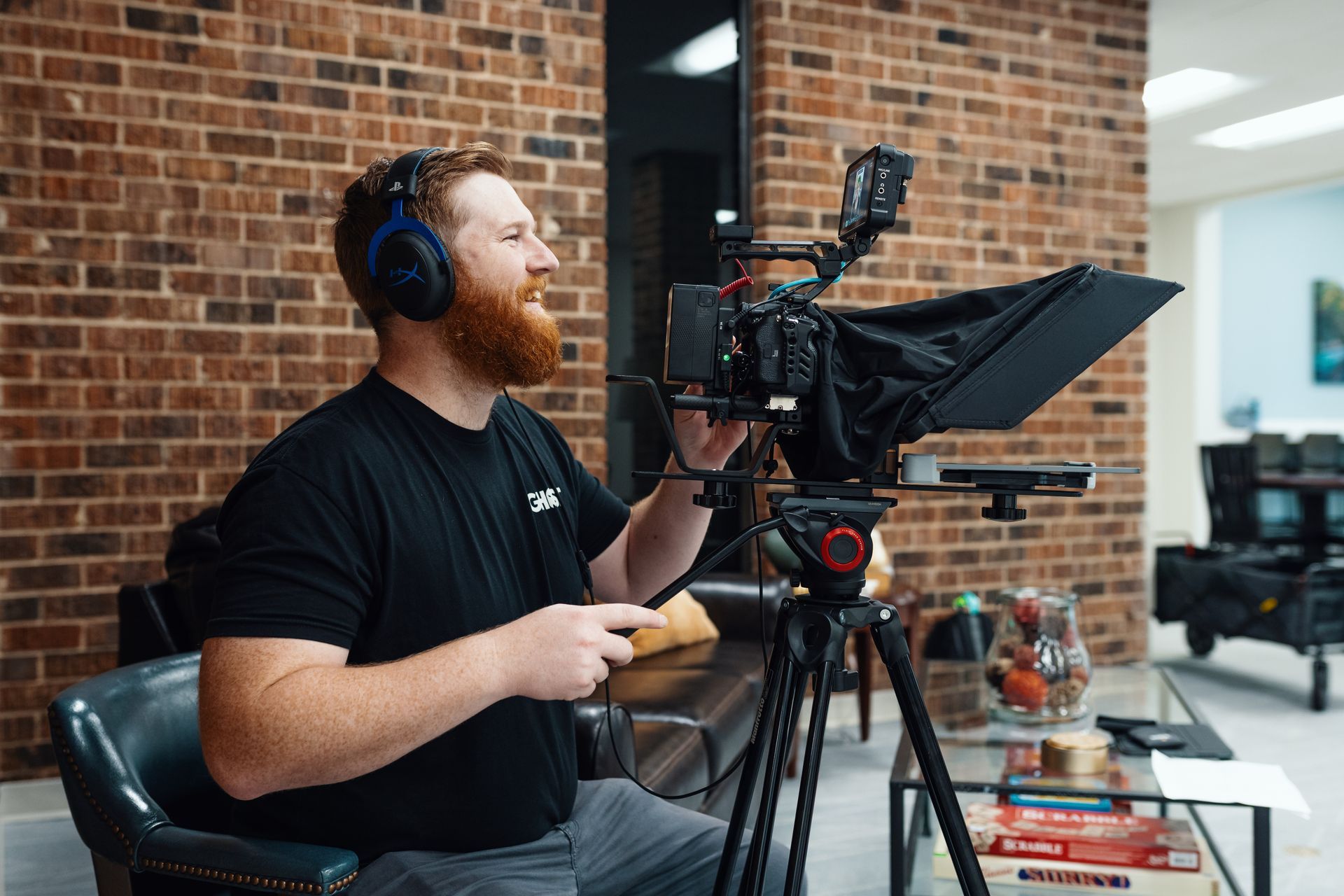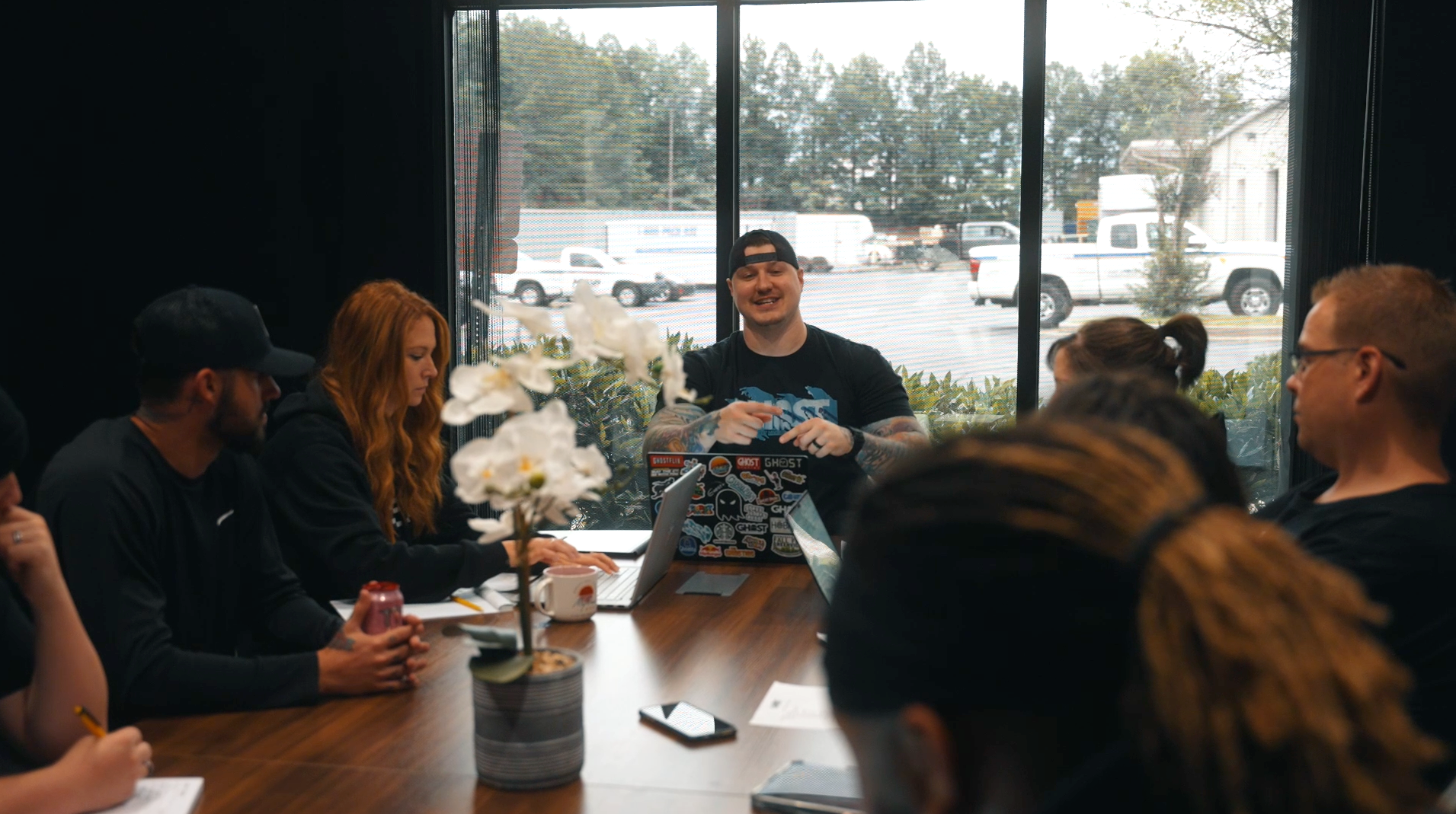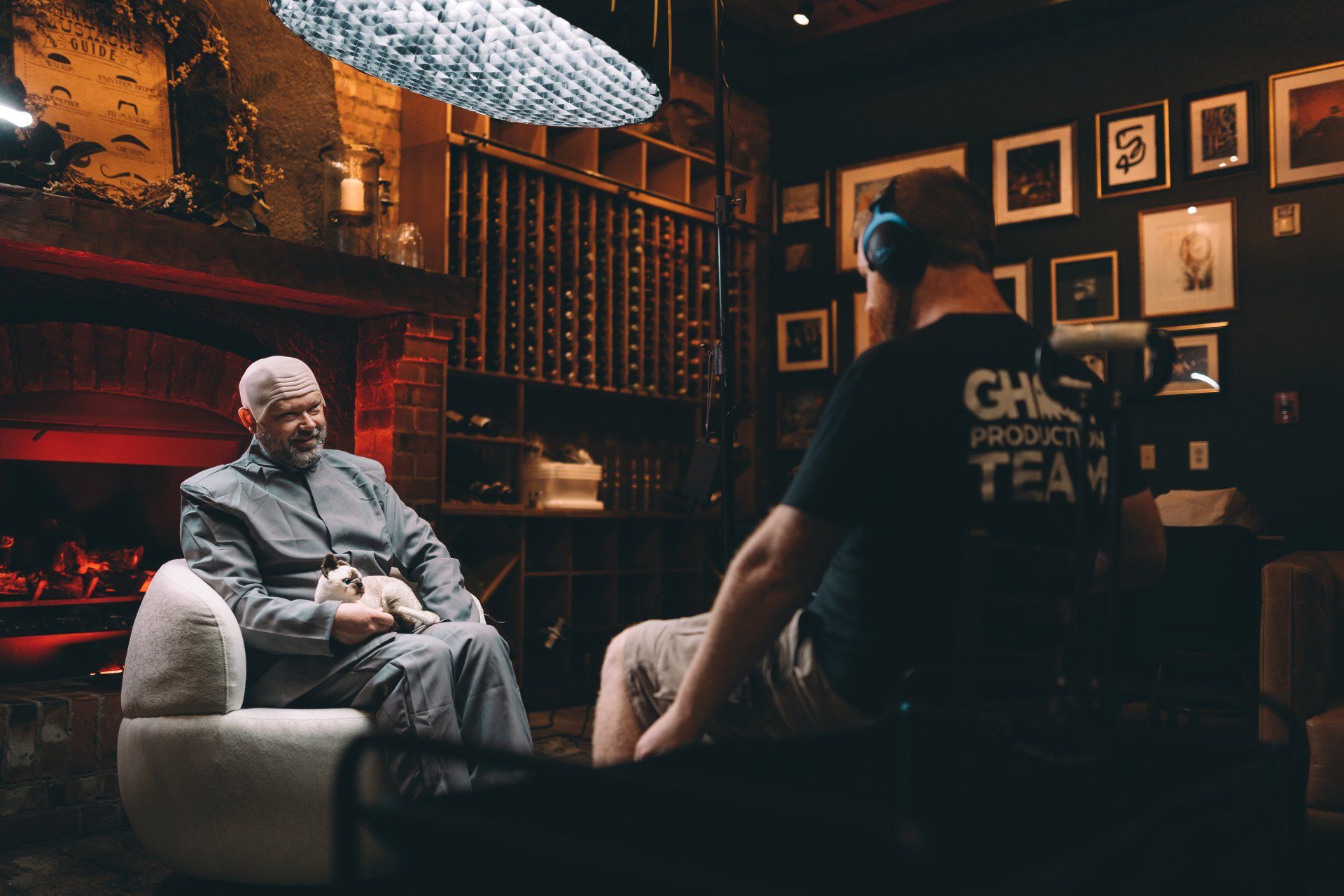Finding Your Niche
Connecting with the Right Audience

If you want your business to succeed, you need to know who your audience is. When you know your audience, you can identify the needs of that audience and offer a product to meet or fill those needs. You’ll also build a loyal customer base, as they will recognize the practicality or desirability of your product according to that particular gap in the market. Knowing your audience helps to cut down on marketing costs by only needing to run targeted ads and campaigns rather than broad, non-targeted campaigns. Minimization of the competition is also a bonus, as you automatically stand out from the competition seeking mass market while also demonstrating your expertise in your particular industry.
Overall, you can focus on selling a uniquely valuable product or service that suits a hole in your audience's life. How exactly do you find your niche audience, then?
Tips for Finding Your Audience
First, find an area in which you are knowledgeable. Identify subtopics within that area of study or industry. It could be something you enjoy on a personal level, such as a hobby or long-term passion. You can ask yourself: Are there any topics people frequently request advice for?
Next, identify an unmet need. Where are there gaps in the marketplace? What product could be improved upon? Market research can also help you determine this need. For example, Chewy.com is an online pet store that found a need of many pet owners: home delivery for pet products and prescriptions. It’s not always practical going to the veterinarian’s office every two weeks or every month when your pet needs a prescription refilled.
Once you’ve identified a need, you want to research your customer base. Understanding your audience is crucial to product or service development. Once you’ve identified your minimum viable product, you can craft that product or service to suit the desires of your audience better. Perhaps there are specific colors or materials your customer base may enjoy on your product. For example, if you’re targeting animal rights activists, you may not want to use real leather or fur.
Researching the competition (or potential competition if you’re working on a business plan) is another critical step. You want to know who your competitors are and what they’re doing to meet the needs of your target audience. You can utilize sites like Google Trends to show how frequently people query search engines for a particular term. Another great tool is
Answer the Public. This site will show you the market around a specific search term and what your potential audience is using that product/search term for.
There are also a few things to consider when identifying your niche, especially when considering how you’ll cater to your niche:
- What is the product quality? Is it handmade? Is it vegan-friendly?
- What’s the cost of production on a product, and how much will you sell it for?
- Where does your target audience reside? Is there a particular region or climate they live in?
- What are your customers’ values and interests? Are you targeting book lovers? Do your customers enjoy cooking?
- What are your customer demographics? Are they part of the LGBTQ+ community? Are they part of the 55+ crowd, or are they 30 and younger? Are they educated? What is their income level?
By answering these questions, you can narrow down your target audience and the niche they reside in. Below are a few examples of great niche businesses.
A great example of a niche-focused business is
Bee’s Wrap. They market to environmentally conscious people by providing a product that replaces plastic wrap. This wrap made from beeswax is both friendly to the environment and is more cost-effective for consumers with its ability to be reused.
Lush is a cosmetic brand that advocates for ethical buying and the purity of handmade products. They boast eco-friendly packaging, organic ingredients, and zero tolerance for animal testing. The Lush brand has earned a loyal following thanks to its ethical values and viewpoints on defining beauty. They also use “quirky” copywriting, especially on product descriptions.
Lefty’s is probably what you think it is: a retail store dedicated solely to left-handed people. They saw a dire need in the market for products made for lefties and decided to fill that gap. They produce products such as left-handed scissors and notebooks.
If you’re still having trouble identifying your niche, let Ghost Brands help. We can assist you in everything from branding to social media management and SEM.
Contact us today!





















